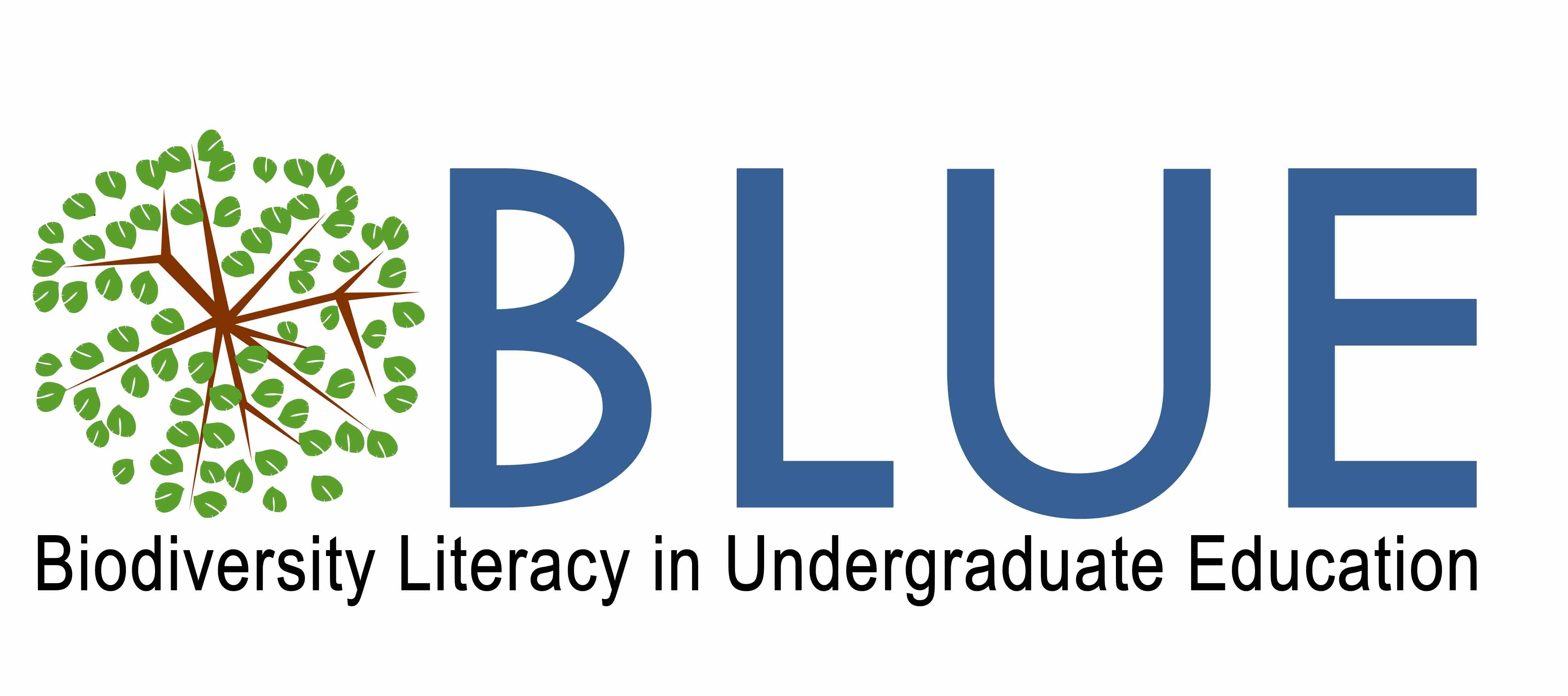Fall 2019 BLUE FMN
FAQs
FAQs
Frequently Asked Questions
1. What are faculty mentoring networks?
Faculty Mentoring Networks (FMNs) are a method for building supportive communities of faculty interested in addressing similar challenges around teaching quantitative biology. Our FMN will consist of anywhere from five to ten faculty participants working with content and pedagogical mentors from the collections and data science community. The group will share a private space on the QUBESHub where they can have discussions, share resources, and manage projects. The group may be subdivided into smaller groups if it will facilitate discussions. Faculty work together to brainstorm, plan, troubleshoot and generally support one another in their efforts to implement new materials or approaches in the classroom. Mentors facilitate the discussion and provide some guidance and resources where necessary.
As faculty grapple with the many details and new challenges of implementing fundamental changes in their classrooms, ongoing community interaction is vital. The virtual nature of FMNs makes this long-term interaction possible by reducing both time and financial barriers to participation.
2. Is this opportunity only available to full-time faculty or can a long-term adjunct faculty member apply?
Yes, adjunct and part-time faculty are welcome to apply. Postdocs or graduate students who are teaching, and the autonomy to implement new materials, are also encouraged to apply.
3. Can we choose a module or material not currently listed in the BLUE Resources?
Yes, if you have materials you are developing or have developed that you would like to implement in Fall 2019, we encourage you to apply. We will ask you to describe your materials in the application process to assure they include biodiversity data in a significant way and are compatible with the goals of the FMN. If you are developing or using novel material we ask that at the end of the FMN, you post these as Open Education Resources, and consider including those in the BLUE Resources for broad dissemination.
4. Do we have to implement a full module?
No, you may implement a portion of module in your course(s). We hope that you will adapt the modules in a way that is appropriate for your course and your students. Out only "requirement" is that you incorporate digital biodiversity data in the portion of the module you use.
5. Do we have to "assess" the modules if we chose to participate?
Yes, this can be accomplished either formally or informally. We will discuss this early in the FMN and have a science educator who can assist in designing and implementing an assessment that addresses the learning objectives defined. These assessments help us to evaluate the modules and learn better techniques and develop better materials for broad implementation.
6. Can I publish my module?
Absolutely, we encourage you to do so and, if you would like, we can help identify some possible venues for publication. If you chose to modify a BLUE module, we will ask you to cite the original DOI and include the primary authors in the development of your manuscript and as authors on the final publication. If you bring new materials to the FMN, we encourage you to publish. Authorship is determined by the lead author and module developer and the manuscript produced is not required to have BLUE authors if not warranted. We do ask that you acknowledge BLUE and the NSF grant number in any resultant publications.
